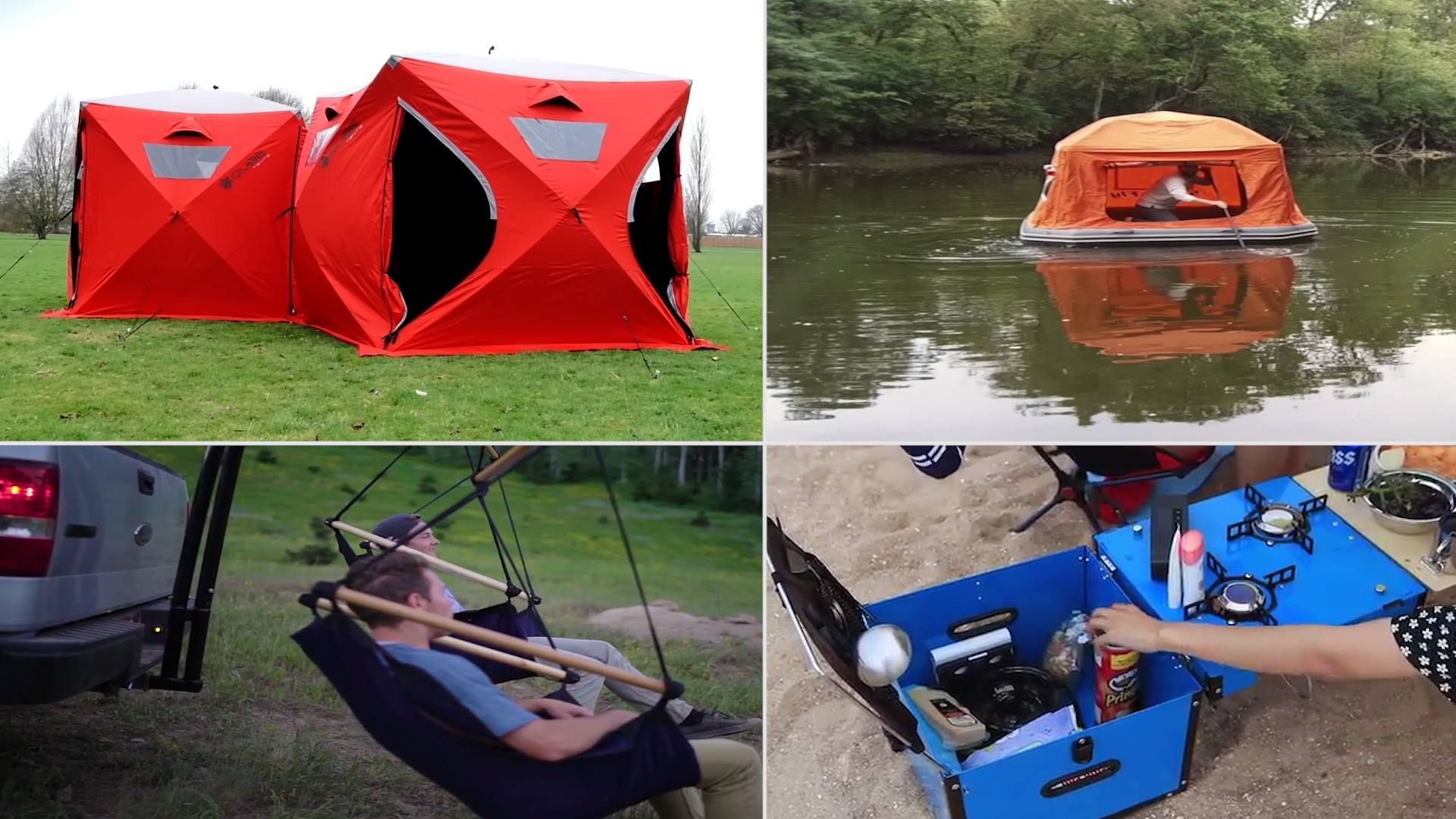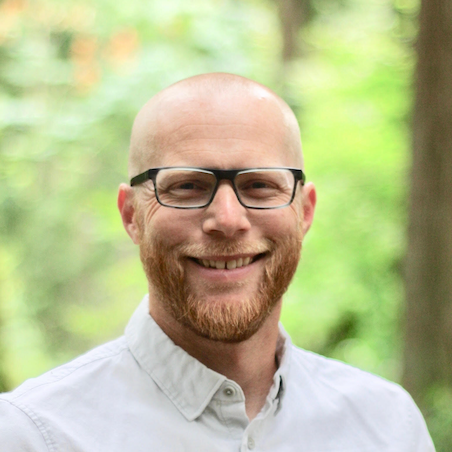15 Minute City Conspiracy: Why TikTokers Say the Cities Are Jails
- The concept of “15-minute cities” has conspiracy theorists—especially those on TikTok—concerned about confinement.
- The basis of the urban design is that all everyday living necessities are within a 15-minute walking or biking route.
- Conspiracy theorists believe the concept aims to restrict residents to specific zones.
The “15-minute city” concept is having more than 15 minutes of fame. That’s thanks to conspiracy theorists bashing the urban planning idea, saying it comes as a way to control city populations.
The basic framework of a 15-minute city is that everyday essentials, such as grocery stores, transit stops, schools, parks, and plenty more all come within a 15-minute walk or bike ride from your home. In 2015, a Paris-based professor named Carlos Moreno introduced his 15-minute city idea during a TED Talk, initially to help planners combat climate change and our society’s dependence on vehicle transportation.
In 2023, though, the 15-minute city extends beyond climate change and walkable neighborhoods. More than a few critics on social media—especially TikTok—have taken over the idea by saying any renewed push for the 15-minute city is simply a way to control citizens, track movements, limit mobility, and eventually create prison-like zones.
More From Popular Mechanics

Think of it like a climate lockdown, the conspiracy theorists say:
Opponents of the 15-minute city structure say this European concept doesn’t translate well to the layout of North American city design and could potentially cause further inequality. But that’s a more academic debate around urban planning, economics, and gentrification.
The TikTok-style takedowns of the 15-minute city focus more on prison walls. Of course, it doesn’t help credibility of a concept when the World Economic Forum starts promoting it, leading even some of the most non-conspiracy theorists to start thinking a conspiracy is at play.
Still, the basic concept of the 15-minute city—being able to walk to a grocery store from your home—is more old-world neighborhood that isn’t dependent on cars than walled-in neighborhood prisons.

Tim Newcomb is a journalist based in the Pacific Northwest. He covers stadiums, sneakers, gear, infrastructure, and more for a variety of publications, including Popular Mechanics. His favorite interviews have included sit-downs with Roger Federer in Switzerland, Kobe Bryant in Los Angeles, and Tinker Hatfield in Portland.


